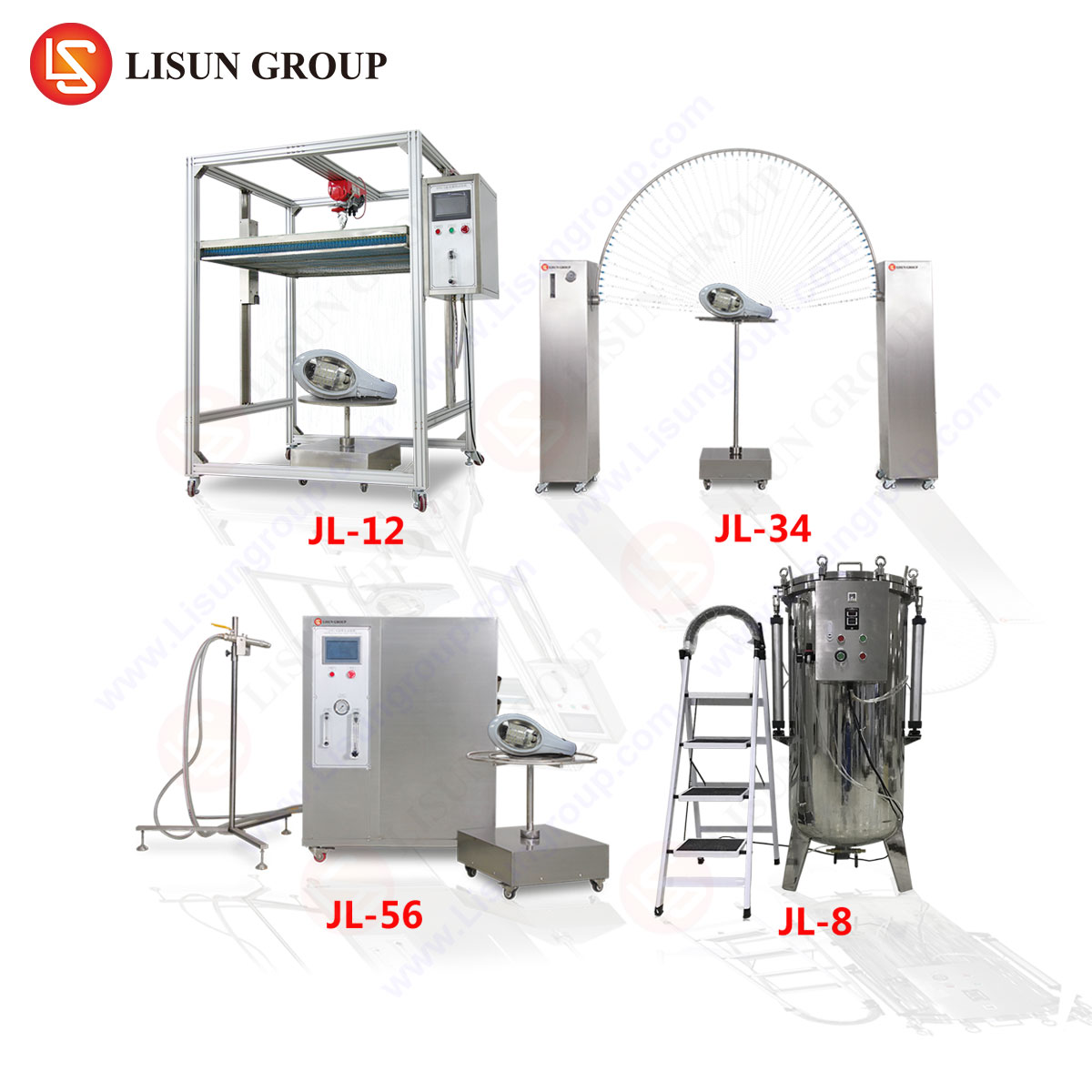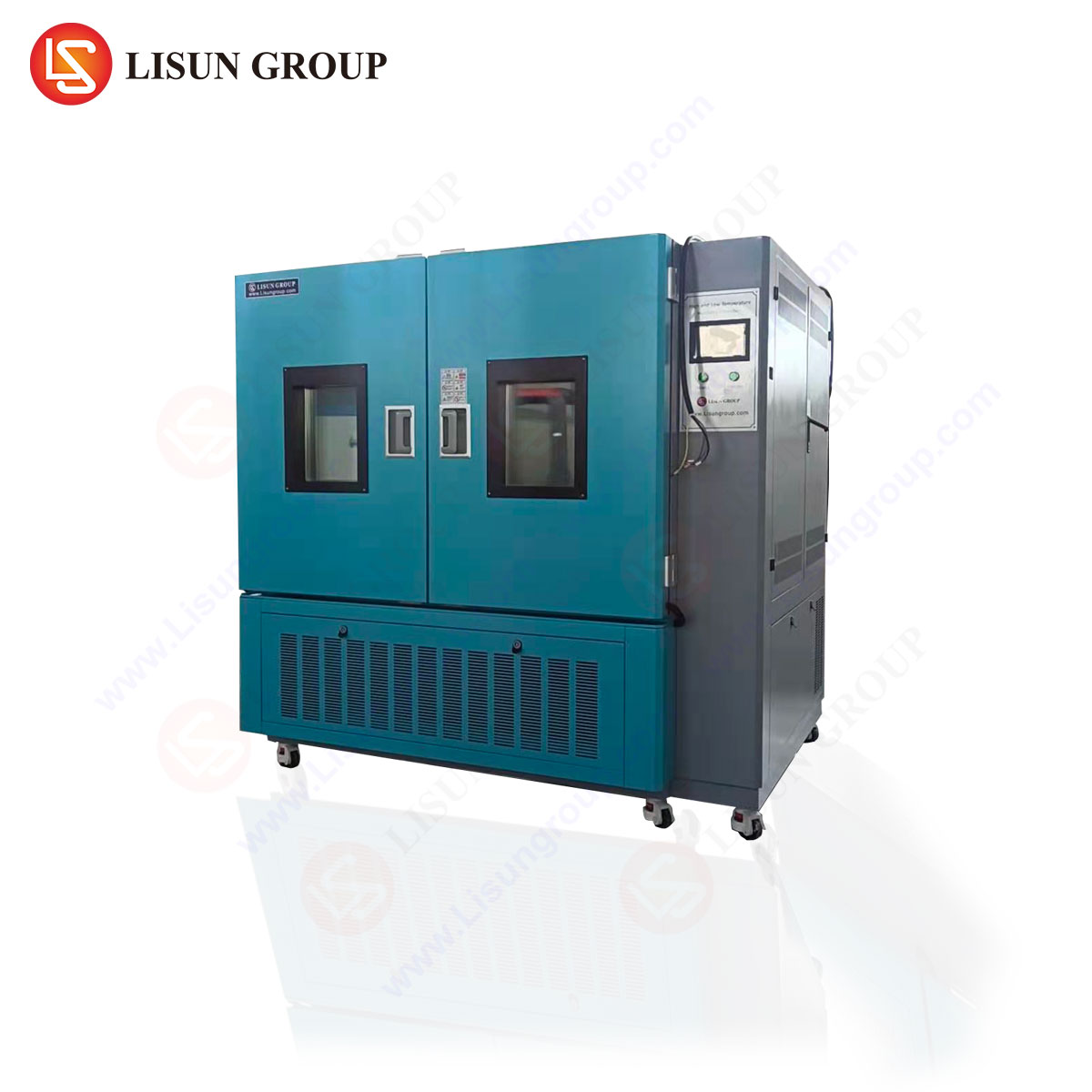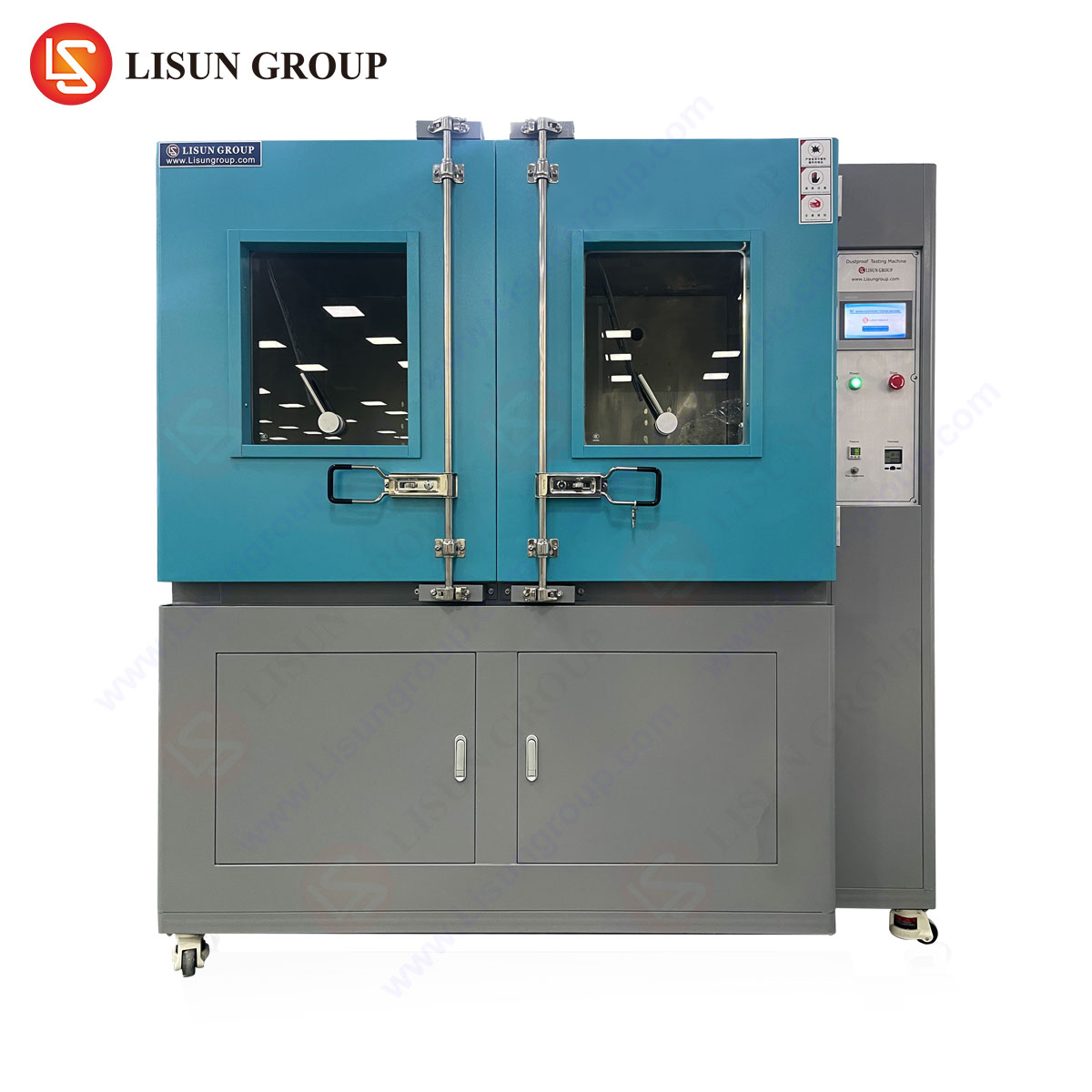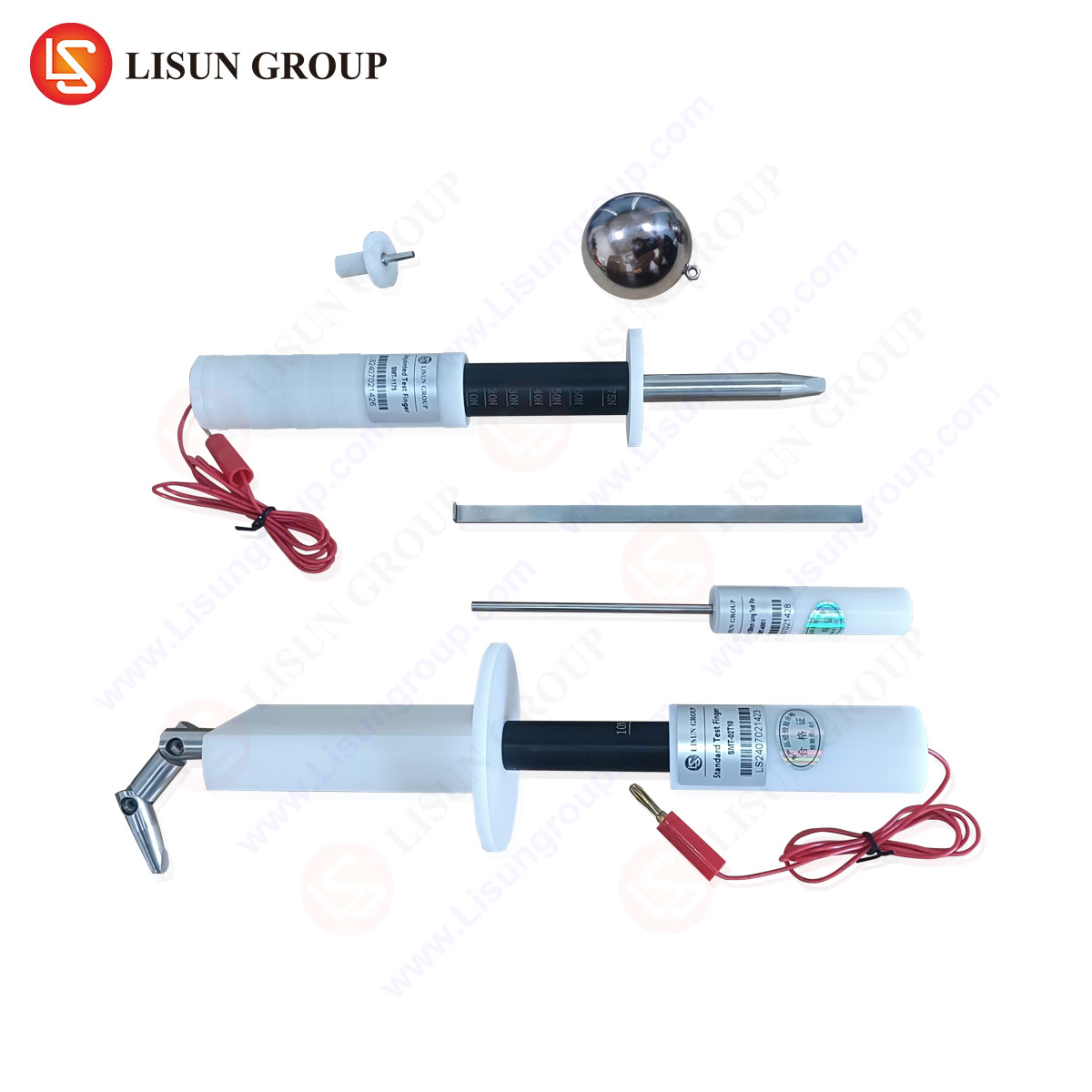Introduction to IEC 60529 and Dust Ingress Protection
The International Electrotechnical Commission (IEC) 60529 standard defines the Ingress Protection (IP) rating system, which classifies the degree of protection provided by enclosures against foreign objects, including dust and moisture. The dust test, a critical component of this standard, evaluates a device’s resistance to particulate ingress, ensuring reliability in harsh environments. Compliance with IEC 60529 is mandatory for manufacturers across industries such as automotive electronics, industrial control systems, and medical devices, where dust accumulation can impair functionality or safety.
This article examines the technical requirements of the IEC 60529 dust test, its industrial significance, and the role of specialized testing equipment such as the LISUN SC-015 Dust Test Chamber in achieving compliance.
Defining the Scope of Dust Testing Under IEC 60529
The dust test evaluates two primary protection levels:
- IP5X: Limited dust ingress (dust-protected) – No harmful accumulation of dust.
- IP6X: Complete dust ingress protection (dust-tight) – No dust penetration.
Testing involves exposing the enclosure to talcum powder or equivalent fine particulates (particle size ≤ 75 µm) under controlled airflow conditions. The test duration, vacuum pressure, and dust concentration are strictly regulated to simulate real-world conditions.
Testing Methodology and Environmental Simulation
Test Chamber Requirements
A compliant dust test chamber must maintain:
- Uniform dust distribution (2 kg/m³ concentration).
- Airflow velocity of ≤ 2 m/s for IP5X or a partial vacuum (20 mbar below ambient pressure) for IP6X.
- Continuous operation for 8 hours (or per manufacturer specifications).
The LISUN SC-015 meets these criteria with a 1 m³ stainless steel chamber, programmable airflow control, and automated dust dispersion. Its integrated vacuum system ensures precise pressure differentials for IP6X validation.
Key Parameters and Controls
- Particle Size Distribution: 75 µm maximum, verified via sieving.
- Temperature and Humidity: Ambient conditions (23±5°C, 45–75% RH) unless otherwise specified.
- Post-Test Inspection: Visual, electrical, or functional checks to confirm no dust interference.
Industry-Specific Applications of Dust Testing
Automotive Electronics
Modern vehicles integrate sensitive electronics in engine compartments and undercarriages, where dust exposure is unavoidable. Components like ECUs (Engine Control Units) and sensors must achieve IP6X to prevent malfunctions.
Medical Devices
Portable diagnostic equipment and surgical tools require IP5X/IP6X ratings to ensure sterility and operational integrity in dusty clinical or field environments.
Industrial Control Systems
Motor drives, PLCs, and HMI panels in manufacturing plants are subjected to airborne particulates. Dust ingress can lead to short circuits or mechanical wear, necessitating IP6X validation.
The LISUN SC-015 Dust Test Chamber: Technical Specifications
Core Features
- Chamber Volume: 1 m³ (expandable to 2 m³ for larger enclosures).
- Dust Dispersion: Electrically driven screw feeder with adjustable flow rates.
- Vacuum System: 0–30 mbar adjustable, compliant with IP6X requirements.
- Control Interface: Touchscreen PLC with pre-programmed IEC 60529 test modes.
Competitive Advantages
- Precision Compliance: Calibrated to ISO 12103-1 (Arizona Test Dust standards).
- Automation: Reduces human error in dust concentration monitoring.
- Durability: Corrosion-resistant construction for long-term use in testing labs.
Comparative Analysis: Dust Testing Standards and Equipment
While IEC 60529 is globally recognized, regional variations exist:
- MIL-STD-810G (US Military): Includes additional vibration and thermal cycling.
- GB/T 4208 (China): Aligns with IEC but mandates stricter documentation.
The LISUN SC-015 supports multi-standard testing, making it suitable for export-driven manufacturers.
Case Study: Validating IP6X for Telecommunications Equipment
A European telecom provider tested outdoor 5G enclosures using the LISUN SC-015. Post-test analysis revealed:
- 0% dust penetration in sealed gaskets.
- No impact on signal transmission after 8-hour exposure.
This confirmed compliance with ETSI EN 300 019-1-3 for harsh environments.
FAQ Section
Q1: How does the LISUN SC-015 ensure consistent dust distribution?
The chamber employs a cyclonic airflow system and real-time particle sensors to maintain uniform dispersion, adhering to IEC 60529’s 2 kg/m³ requirement.
Q2: Can the SC-015 test for both IP5X and IP6X?
Yes, the system’s adjustable vacuum and airflow settings allow seamless switching between IP5X (non-vacuum) and IP6X (vacuum-assisted) modes.
Q3: What industries benefit most from IP6X testing?
Aerospace, automotive, and industrial sectors, where dust-induced failures can lead to critical safety risks or costly downtime.
Q4: Is recalibration necessary for the SC-015?
Annual recalibration is recommended, though the chamber’s self-diagnostic tools reduce manual intervention.
Q5: How does IP6X differ from NEMA 250 ratings?
While IP6X focuses solely on dust and particulate ingress, NEMA 250 includes additional criteria for corrosion and ice resistance. The SC-015 supports both standards with modular testing protocols.
By integrating rigorous testing methodologies with advanced equipment like the LISUN SC-015, manufacturers can ensure product durability and compliance in dust-prone environments. This alignment with IEC 60529 not only mitigates operational risks but also enhances marketability in regulated industries.







